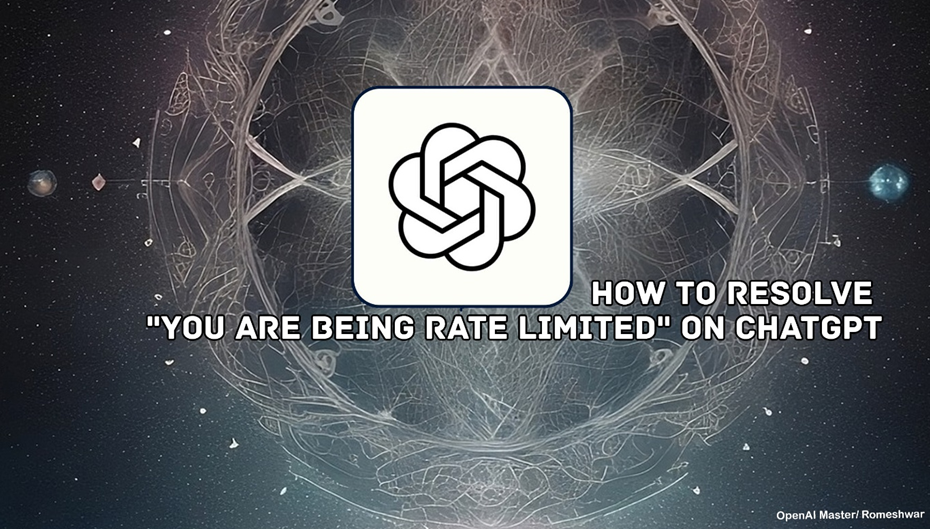ChatGPT‘s clever responses make it irresistibly easy to get carried away asking question after question. Before you know it, the dreaded "You are being rate limited" popup interrupts the fun. But don‘t panic! I‘m here to help you understand why rate limits happen and how you can avoid them.
As an AI system architect, I can explain the technical reasons behind rate limiting. But first, let‘s quickly recap why OpenAI needs to limit ChatGPT usage in the first place.
Why Rate Limiting Matters
Since launch late last year, ChatGPT usage has absolutely exploded:
- Over 1 million users joined within the first week
- Queries exceeded 100 million within the first 2 months
Supporting all these free conversations requires enormous computing resources. OpenAI also closely monitors content to ensure ChatGPT maintains high accuracy and safety standards.
To keep quality consistent despite skyrocketing demand, OpenAI must ask heavy users to pause occasionally. That‘s what rate limiting accomplishes.
Now let‘s unpack how OpenAI implements rate limiting under the hood…
Inside ChatGPT‘s Rate Limiting System
From a software architecture perspective, ChatGPT needs to track and constrain two key metrics:
Requests Per Minute: Total prompts submitted per user
Tokens Per Minute : Indicator of prompt complexity based on response length
OpenAI allows around 3 requests and 15,000 tokens per minute for free users before rate limits kick in.
These thresholds are per individual user session. So you won‘t hit them in normal back-and-forth conversation. However, bombarding ChatGPT with long prompts in quick succession can use up your allotment fast.
When your usage exceeds targets over a period of time, ChatGPT temporarily blocks your session until buffers reset. This protects overall capacity for everyone.
Now let‘s talk about proactive steps you can take to avoid hitting rate limits.
Optimizing Your ChatGPT Prompts
Having insight into why rate limits happen empowers you to tweak your usage patterns. Here are some prompt best practices to maximize your free minutes with ChatGPT:
Simplify Requests: Use clear, concise language rather than lengthy paragraphs whenever possible.
Limit Scope: Ask one question at a time instead of packing multiple complex requests into a single prompt.
Reduce Retries: If an initial response seems off, rephrase the question instead of repeating the same prompt multiple times.
Use Defaults Wisely: Apply restraint with instruction commands like "/verbose" or "/formal" that require more processing.
Also pay attention to the handy usage meter ChatGPT itself displays. Heed those warnings to pause before hitting a block.
If you do get rate limited despite these precautions, no worries – a timed break lets systems catch up. But for those who still can‘t curb high volumes, paid options are available…
Unlocking Higher Usage with ChatGPT Plus
For power users with intensive conversation demands, OpenAI offers ChatGPT Professional plans with increased rate limits starting at $42 per month.
IT teams and developers with complex AI integrations can access even higher capacity via dedicated enterprise APIs. Quarterly contracts with bespoke rate limit arrangements cater to large-scale production needs.
Alternatively, services like Claude, Quillbot, and ShortlyAI offer some advanced generative capabilities without hard usage caps. Though none match ChatGPT‘s human-like performance today.
So in summary – stay mindful of rate limits, but don‘t let them deter you! A few prudent prompt adjustments are all it takes to sustain the ChatGPT magic. Here‘s to enjoying many more fulfilling conversations ahead!
